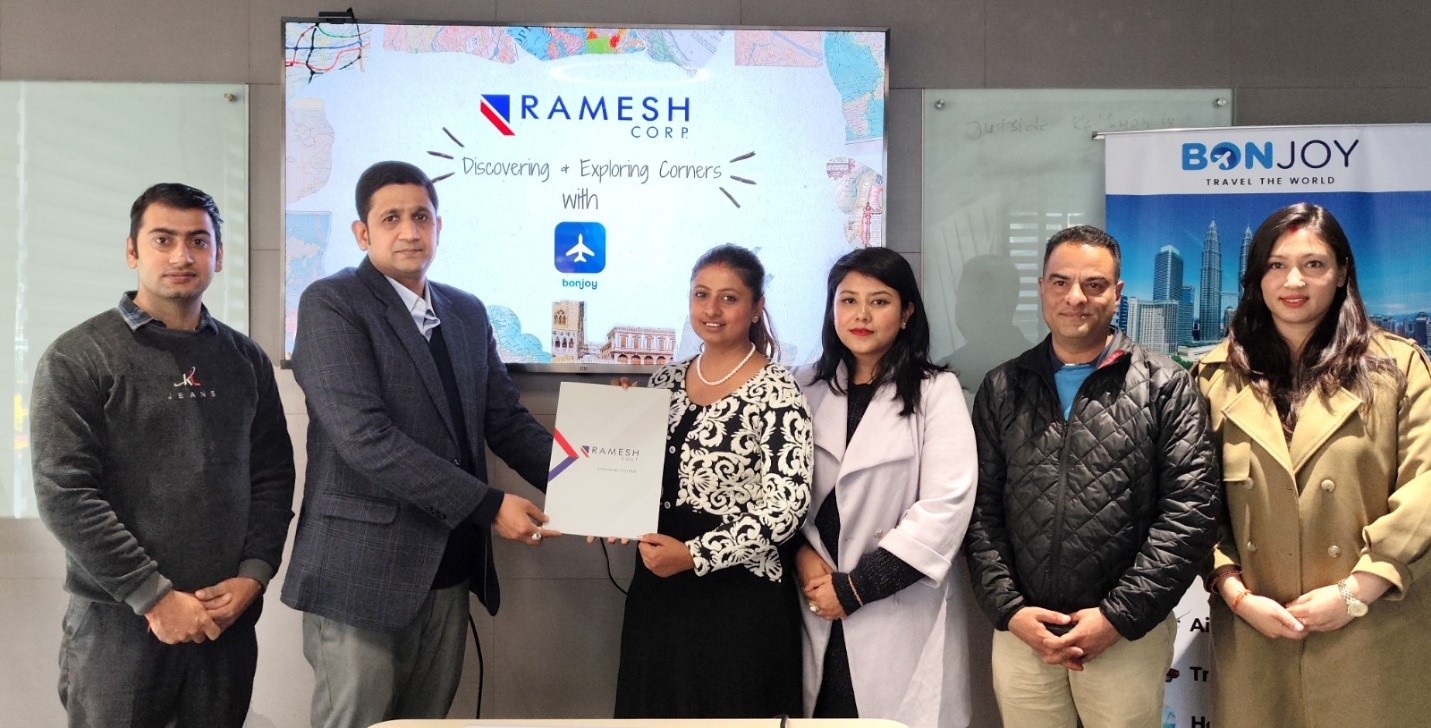"Wearable Technology: The Next Big Thing in IoT"
Wearable technology has been on the rise in recent years, and it's no surprise that it's being touted as the next big thing in IoT.
From smartwatches to fitness trackers to virtual reality headsets, wearable tech has revolutionised the way we interact with technology and has transformed the way we live our lives. In this blog, we'll explore what makes wearable technology such an exciting and promising development in the world of IoT.
TeleTalk, a Ramesh Corp. entity, is dedicated to improving its services and products to meet customer needs. With the increasing demand for wearable tech like smartwatches in Nepal, TeleTalk has partnered with boAt and is now a national boat distributor in Nepal, introducing a new line of smartwatches and wearable accessories. The aim of this collaboration with boAt is to offer premium-quality products at reasonable prices to Nepalese consumers, and TeleTalk is committed to achieving this objective. Notably, boAt ranked No. 1 as India's preferred choice for True Wireless (TWS) and earwear, ranked No. 1 in Q3 CY21, and has made significant progress in the technology market in Nepal. In fact, boAt is the No.3 brand for Ear Wear+Smartwatch globally, as of Q3 CY21.
First and foremost, Wearable technology has transformed the way we live our lives, providing us with a wide range of benefits that have improved our daily routines. Wearable tech, such as smartwatches, fitness trackers, and augmented reality glasses, has become an essential part of our lives, offering us real-time insights and convenience at our fingertips. These devices have not only helped us to stay on top of our health and fitness goals but have also made our daily lives more efficient and productive.
One of the significant advantages of wearable technology is its ability to track our physical activity levels and provide us with personalised insights. Fitness trackers, for example, allow us to monitor our daily steps, heart rate, and calories burned, providing us with a better understanding of our overall health and fitness. With this information, we can adjust our daily routines to achieve our fitness goals, making us more aware of our physical activity levels and promoting a healthier lifestyle.
In addition to health benefits, wearable technology has also improved our daily lives by offering us greater convenience and accessibility. Smartwatches, for example, allow us to stay connected to our smartphones, receive notifications, and make phone calls without the need to take our phones out of our pockets. This feature is particularly useful for people who are always on the go, allowing them to stay connected and productive while multitasking. Overall, wearable technology has positively impacted our daily lives, making it easier for us to stay healthy, productive, and connected.
Of course, with any new technology comes concerns about privacy and security. Wearable technology collects a vast amount of personal data, and it's essential that users understand how that data is being used and protected. As wearable tech becomes more ubiquitous, it will be important for manufacturers to prioritise user privacy and security in their design and development processes.
Finally, wearable technology has enormous commercial potential. As per The Economic Times, the market for wearable devices is projected to reach $54 billion by 2023, and companies across a wide range of industries are scrambling to capitalise on this trend. From fashion to healthcare to fitness to entertainment, wearable technology has the potential to transform a wide range of industries and create new business opportunities for innovators and entrepreneurs.
In conclusion, wearable technology is poised to be the next big thing in IoT, with the potential to revolutionise the way we interact with technology and improve our daily lives in countless ways. From personalised health insights to augmented and virtual reality experiences, the possibilities for wearable tech are endless. As this technology continues to evolve, we can expect to see more exciting and innovative devices enter the market, and we look forward to seeing how they shape the future of IoT.




